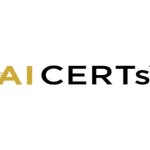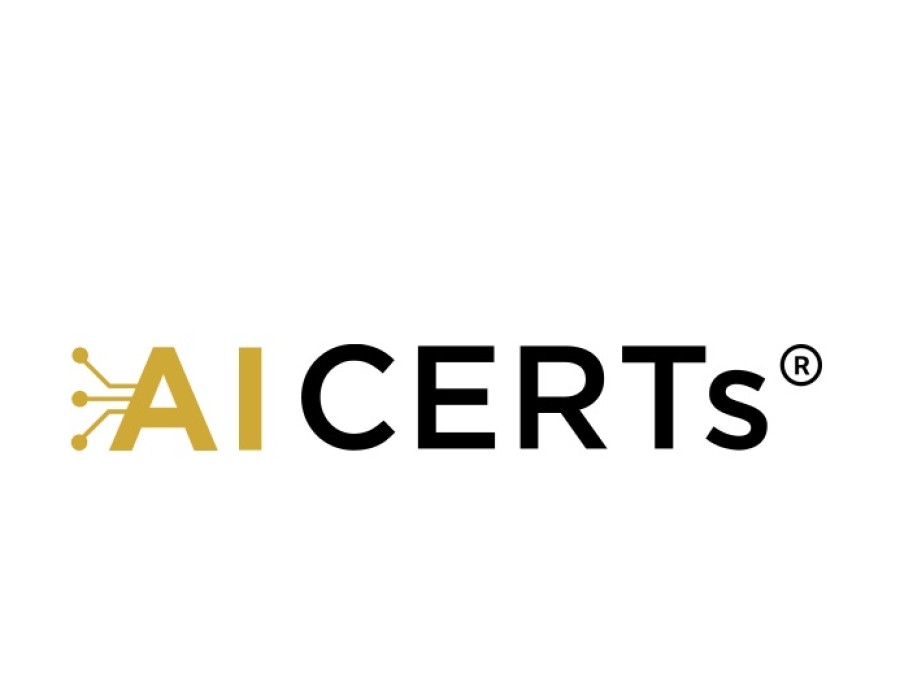Artificial Intelligence (AI) has transformed from an experimental technology into the backbone of digital transformation. Organizations across industries—from healthcare and finance to manufacturing and retail—are investing heavily in AI to gain a competitive edge. As AI adoption grows, the demand for professionals who can design, implement, and scale AI-driven systems is skyrocketing. This is where the role of an AI Architect comes into play.
An AI Architect is not just a technical expert but a visionary who bridges the gap between business goals and technical execution. They design robust AI infrastructures, integrate machine learning models with enterprise systems, ensure scalability, and align AI projects with long-term business strategies. For professionals aspiring to thrive in this career path, developing real-world infrastructure skills is essential. Let’s explore how to become an AI architect and what it takes to master both theoretical and practical dimensions of the role.
Understanding the Role of an AI Architect
The role of an AI Architect goes beyond building algorithms or training machine learning models. Instead, it involves designing the full ecosystem in which AI operates. This includes:
- Infrastructure Design: Creating pipelines for data ingestion, storage, and real-time processing.
- Integration: Embedding AI models into enterprise workflows, ensuring seamless communication across systems.
- Scalability: Building AI solutions that can grow with organizational needs, handling large data volumes without compromising performance.
- Governance and Ethics: Designing frameworks that ensure compliance with ethical guidelines, data privacy regulations, and responsible AI usage.
To prepare for this role, professionals need deep expertise not only in AI but also in cloud computing, networking, data architecture, and security.
Laying the Educational Foundation
The journey to becoming an AI Architect often begins with a strong academic foundation. While computer science or data engineering degrees are common starting points, specialized learning pathways are increasingly available. A tructured AI Architect Certification provides a guided route for professionals to acquire both core and advanced competencies.
Through certification programs, learners gain exposure to system-level design, AI frameworks, and the integration of AI into enterprise infrastructure. These programs often focus on real-world case studies, helping participants understand the complexities of deploying AI in business environments.
Practical Experience: The Heart of AI Architecture
AI architecture cannot be mastered through theory alone. Real-world infrastructure skills are developed through hands-on practice. Professionals should seek opportunities to work on projects that involve:
- Building end-to-end machine learning pipelines.
- Deploying models in cloud environments like AWS, Azure, or Google Cloud.
- Designing data workflows using distributed systems such as Hadoop and Spark.
- Implementing containerization and orchestration with Docker and Kubernetes.
These experiences help professionals learn AI systems architecture by tackling real challenges such as latency, scalability, and security. The ability to translate academic knowledge into functional systems is what distinguishes successful AI Architects from others in the AI ecosystem.
Specialized Training for Career Growth
In addition to practical exposure, specialized programs play a crucial role in career advancement. Enrolling in advanced AI architecture training equips professionals with skills in cutting-edge areas such as:
- Multi-cloud AI deployment strategies.
- Designing AI for edge computing and IoT devices.
- Creating hybrid AI systems that balance cloud and on-premise resources.
- Implementing governance frameworks for responsible AI usage.
This training ensures professionals are prepared to handle the complexities of evolving AI infrastructure, positioning them as leaders in the field.
Importance of Certification in AI System Architecture
Earning an AI system architecture certification not only validates expertise but also signals to employers a candidate’s readiness to take on senior roles. Certifications often include project-based evaluations, pushing learners to solve real-world problems while demonstrating mastery of technical and strategic skills.
Employers value certified AI Architects because they bring credibility, proven knowledge, and the ability to align technical infrastructure with organizational goals. For professionals, certifications serve as a powerful differentiator in a competitive job market.
Building the Mindset of an AI Architect
Beyond technical skills and certifications, success as an AI Architect requires a strategic mindset. These professionals must be able to:
- Translate business requirements into scalable AI solutions.
- Collaborate with cross-functional teams including data scientists, engineers, and business leaders.
- Stay updated on emerging technologies and adapt to rapid changes in AI landscapes.
- Prioritize ethical and sustainable AI practices.
The combination of leadership, communication, and forward-thinking strategy is just as important as technical expertise.
Conclusion
The path to becoming an AI Architect is both challenging and rewarding. It requires a blend of academic learning, hands-on experience, certification, and continuous upskilling. By focusing on real-world infrastructure skills, professionals can position themselves as indispensable assets in organizations seeking to harness AI’s transformative power.
Ultimately, success in this role is not defined by the ability to build algorithms alone but by the vision to design systems that are scalable, ethical, and aligned with business objectives. Those who cultivate this blend of technical expertise and strategic insight will be well-prepared to lead the AI-driven future.






Comments